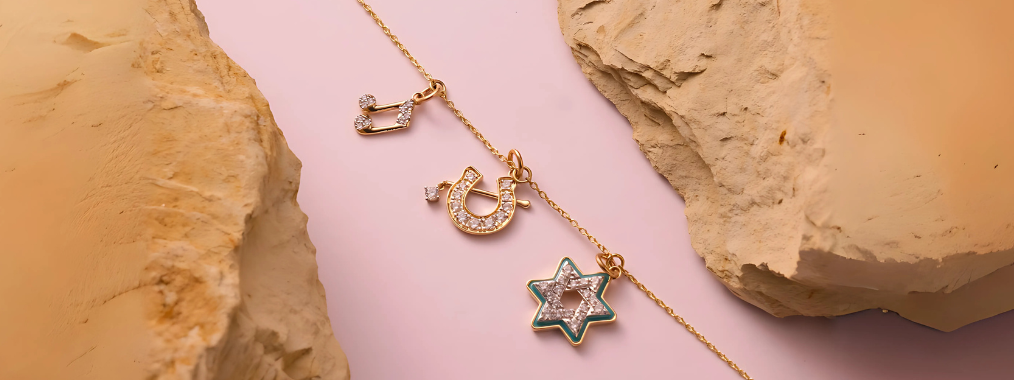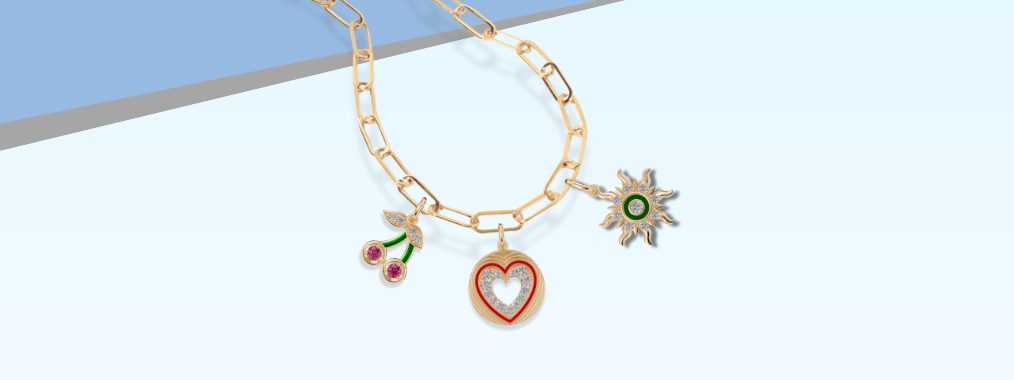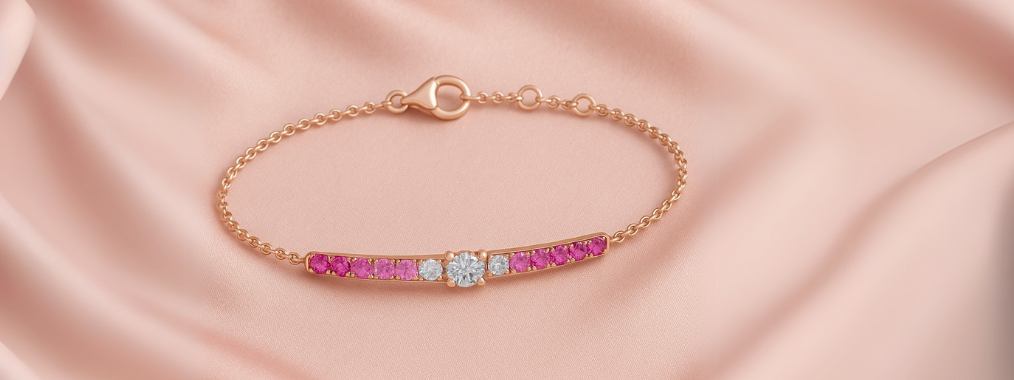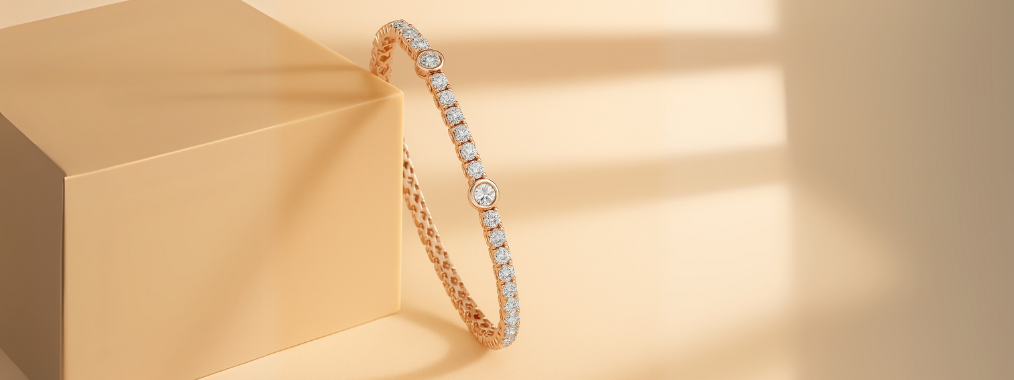
When it comes to regal gemstones that captivate with their color and character, the ruby stands tall among all. Known as the "King of Gemstones," ruby has long been associated with royalty, passion, and power. From crowns to heirloom rings, its rich legacy and bold red hue have enchanted collectors and designers alike. At Prismara, we appreciate the artistry and story behind every stone—especially when it comes to curating fine gemstone jewelry featuring responsibly sourced options.
In this blog, we’ll uncover the differences between two popular ruby types—Madagascar rubies and Mozambique rubies—to help you decide which suits your personal style and purpose best.
Understanding the Basics: Ruby Origins
Rubies are part of the corundum family, sharing their mineral structure with sapphires. Their red color comes from traces of chromium, and they rate 9 on the Mohs scale, just under diamonds—making them perfect for everyday jewelry and custom gemstone designs.
Durability & Resistance
Both Madagascar ruby and Mozambique ruby boast exceptional hardness and scratch resistance, making them ideal for rings, bracelets, pendants, and earrings that are meant to last. Whether you're choosing a statement cocktail ring or a subtle gemstone accent, durability won't be a concern with either variety.
Mining Origins and Global Significance
Madagascar rubies are mined from newer deposits in Andilamena and Vatomandry, known for producing gems with striking clarity.
Mozambique rubies hail from the Montepuez mine in northeastern Mozambique, one of the world’s most significant sources of high-quality rubies.
In recent years, Mozambique rubies have gained substantial market traction, even rivaling the legendary Burmese ruby in both beauty and availability.
Color: A Matter of Personal Taste
Mozambique rubies are celebrated for their Pigeon Blood Red color—a rich, intense red often considered the most desirable in the industry. They sometimes carry a subtle brown or purple undertone.
Madagascar rubies, on the other hand, often exhibit pinkish to purplish-red hues, making them an elegant choice for those who prefer softer, romantic shades in their colored gemstone jewelry.
Clarity and Inclusions
Mozambique ruby typically features natural inclusions like rutile needles, fingerprint inclusions, and rod-like crystals—a sign of authenticity, though it may affect transparency.
Madagascar ruby is prized for its higher clarity and fewer inclusions. Some stones even show silk-like inclusions that result in a glowing, star-like effect, making them ideal for those who value pristine visual appeal.
Treatment & Enhancement
Mozambique rubies are often heat-treated to enhance color and transparency. This is a common and accepted industry practice.
Madagascar rubies are less frequently treated, as their natural color and clarity often meet market demands without enhancements. This makes them particularly appealing to gemstone investors and collectors who prefer untreated gemstones.
Choosing Based on Your Style and Values
Both rubies offer exceptional value, but your choice depends on what matters most to you:
Prefer intense red color? Opt for a Mozambique ruby.
Seeking high clarity and a natural glow? Go for a Madagascar ruby.
Shopping for an investment or heirloom piece? Consider untreated or minimally treated stones for long-term value.
Prismara’s Take on Responsible Luxury
At Prismara, we curate ethically sourced colored gemstones including lab-grown diamonds and natural stones that meet high standards of beauty and integrity. Whether you’re seeking to create a custom ruby ring, a one-of-a-kind pendant, or simply want to understand your options better, we help you make informed, confident choices.
Explore our gemstone collection or contact us for personalized guidance in selecting the perfect ruby for your lifestyle and legacy. With Prismara, you don’t just wear gemstones—you wear your story.
 Diamond
Diamond
 Ruby
Ruby
 Sapphire
Sapphire
 Rose Gold
Rose Gold
 White Gold
White Gold
 Yellow Gold
Yellow Gold
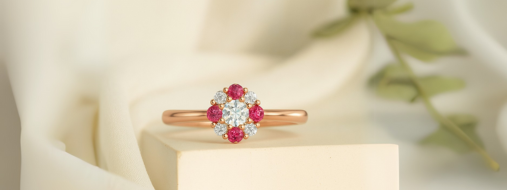
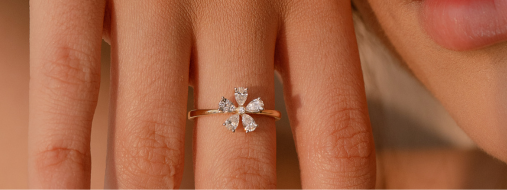
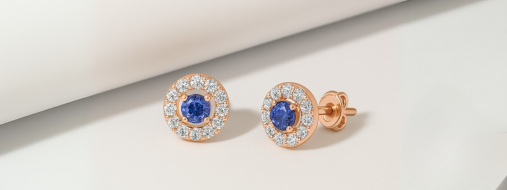

 Sapphire
Sapphire
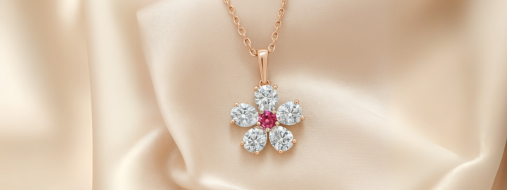

 Diamond
Diamond
